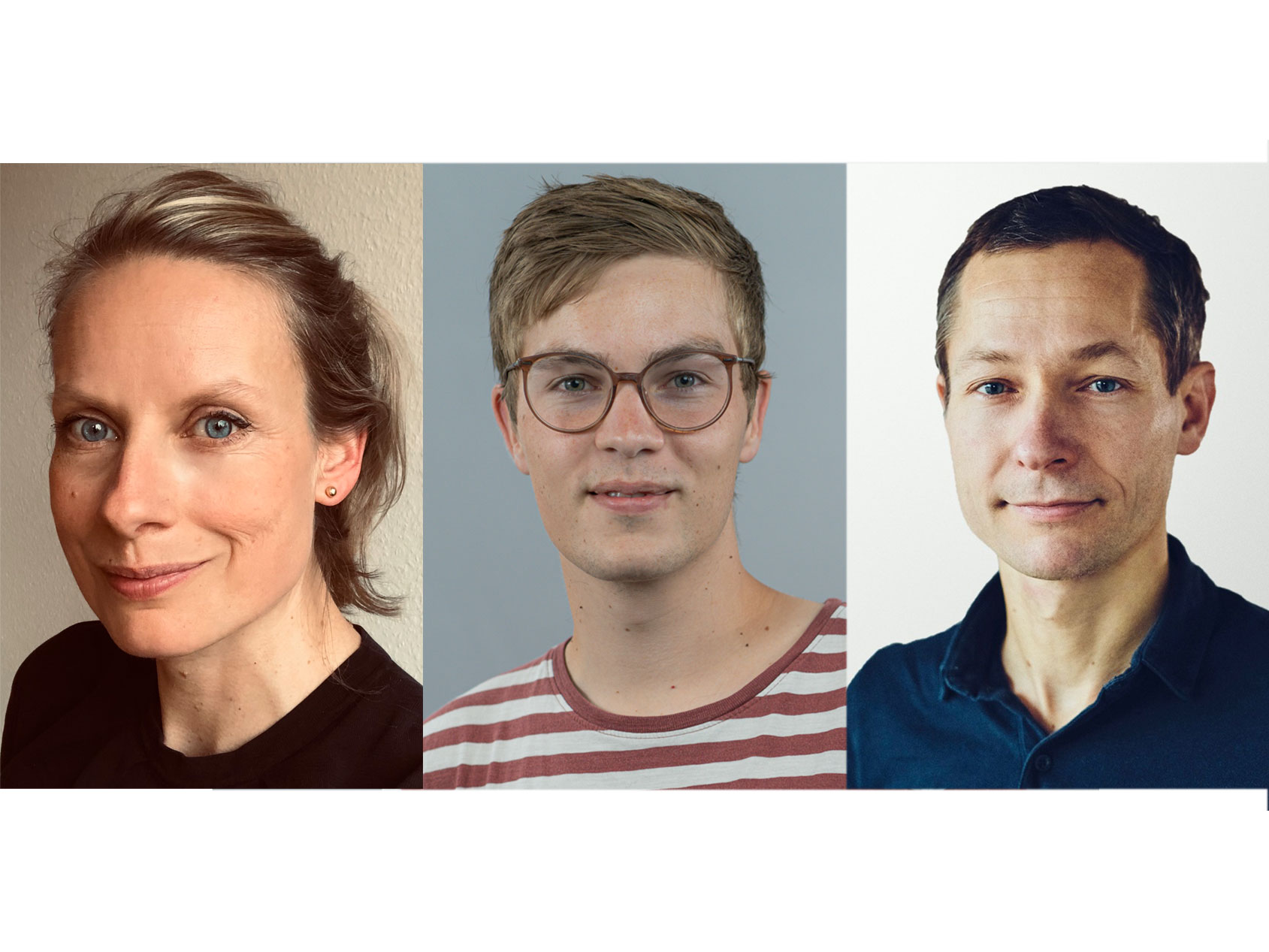24.03.2025
Deciphering the sequence of neuronal firing
Researchers from Bonn and Tübingen revise an established theory of stimulus processing in nerve cells during memory processing
How does the brain retain a sequence of events in memory? Researchers from the University Hospital Bonn (UKB), the University of Bonn, the University Hospital Tübingen and the University of Tübingen investigated this question. Three researchers from the Cluster of Excellence “Machine Learning: New Perspectives for Science” were part of the team: Dr. Stefanie Liebe, Matthijs Pals and Prof. Jakob Macke. Using a unique measurement technique with implanted electrodes in the human brain, the researchers were able to test a widely accepted theory of memory processes for the first time. The response pattern of the nerve cells did not align with the theory, but could be explained by a new model. The results have now been published in the journal "Nature Neuroscience".
If you are shown four images in quick succession and have to remember the order of these images in order to recognize them afterwards—how does the brain then retain the order in memory? A plausible answer would be that the neurons in the brain fire one after the other, just as the images were seen. This has also been a prevailing theory in neuroscience.
A research team led by Prof. Florian Mormann from the Department of Epileptology at the UKB, who is also a member of the Transdisciplinary Research Area (TRA) "Life & Health" at the University of Bonn, has investigated this theory by using a special feature of epilepsy treatment at the UKB. People with drug-resistant epilepsy are implanted with electrodes in the brain as part of their treatment. The aim is to precisely determine the origin of the epileptic seizures in order to achieve better surgical results. These electrodes can also enable recording the activity of individual cells in the human brain. "We are lucky to be able to use such an exceptionally rare data set of single cell recordings. Such a precise measurement is not the case in other experiments. That's why it wasn't possible to test the theory beforehand." says Prof. Mormann, last author of the study and head of the Cognitive and Clinical Neurophysiology Laboratory.
In the study, participants with epilepsy solved a memory task while their neuron activity was measured. During the recording, they were asked to remember and then recognize the sequence of images shown to them on a screen.
Results further analysed using AI methods
Contrary to previous assumptions, the precise sequence of neuronal responses does not match the sequence of events. "Initially, we were surprised by the findings, as our data contradicted a long-standing and well-established theory about how the brain remembers a sequence of events," reports Dr. Stefanie Liebe, first author of the study and former research assistant to Prof. Mormann. She now works as a scientist and medical resident in the Department of Neurology with a focus on epileptology at the University Hospital of Tübingen.
To further investigate these questions, they collaborated with Matthijs Pals and Jakob Macke from the Cluster of Excellence "Machine Learning: New Perspectives for Science" at the University of Tübingen.. Using artificial intelligence (AI) methods, they trained a neural network to perform the same memory tasks as the human participants. "Interestingly, in order to successfully master the task, the computer model showed similar activity patterns to the brain activity we recorded," explains Dr. Liebe.
Through the model simulation, the researchers also discovered an alternative mechanism for remembering sequences, which arises from a temporal-dynamic interplay of image presentations, brain oscillations and signals from individual cells. "The computational model, allowed us to generate and test additional hypotheses. We now have a new understanding how memories are organized in the brain," says Prof. Macke. “Our study also demonstrates the enormous potential of combining neuronal recordings and AI to investigate complex brain functions in humans.”
Participating institutions and funding: The study was funded by the German Research Foundation (DFG); the Excellence Strategy of the Federal and State Governments; the Volkswagen Foundation; NRW Network Program and the Federal Ministry of Education and Research (BMBF), and the Cluster of Excellence "Machine Learning: New Perspectives for Science" at the University of Tübingen.
Publication: Stefanie Liebe et al: "Phase of firing does not reflect temporal order in sequence memory of humans and recurrent neural networks"; Nature Neuroscience; DOI: https://doi.org/10.1038/s41593-025-01893-7
After a press release of the Bonn University Hospital: Deciphering the sequence of neuronal firing — University of Bonn.

